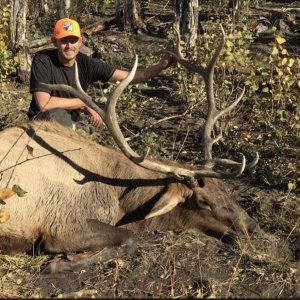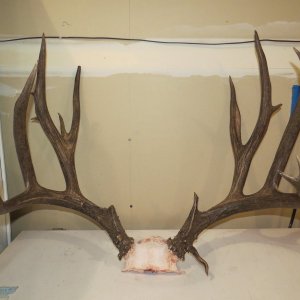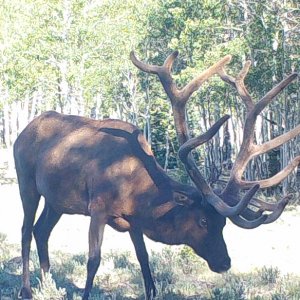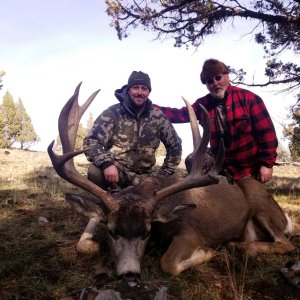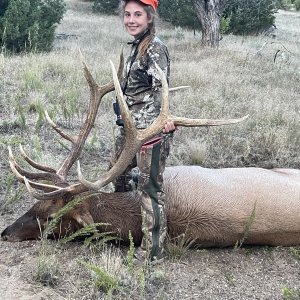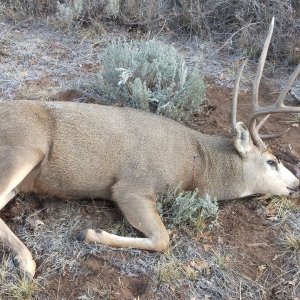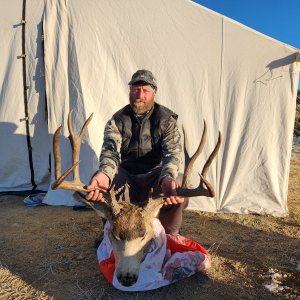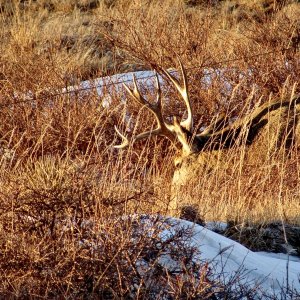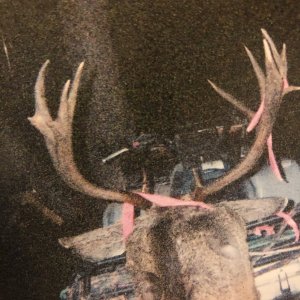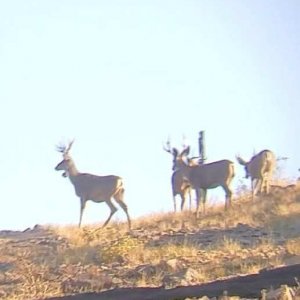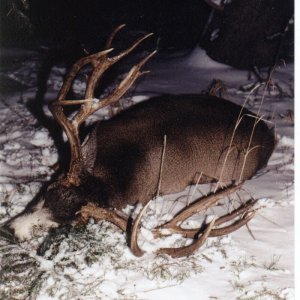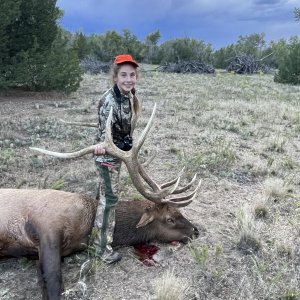When the population of any big game species is growing, or at the very least, maintaining at or near carrying capacity, you can manage a lot of different ways and no one cares all that much how the killing is done. It’s mostly just a difference of social opinion, and the increase or decrease use of technology is a personal preference and little more. Some folks ride bicycles and that pisses off some car drivers off. No big deal.
The reason this OP is attracting all the attention it is, is because the mule deer are not and have not maintained at or near carrying capacity. They have for nearly forty years, been declining in total population numbers. So……. Everybody is pointing figures and want somebody to do something. Some want total hunting closure and heavy predator, highway, habitat, control, until the decline stops and herds once again approach carrying capacity and then only then begin again to restart sport hunt. Others want more restrictions than we have currently but not total closure. Some want lots of restrictions, others want few and some want none, believing there are too many already. Some think it’s 99% weather related and mule deer populations mostly beyond anyones control.
On the other side of the fence are domestic livestock, all thriving, for over a few hundred years, with minor problems caused by weather, disease, and market demand, but always, over a 5 to 10 year average, closely aligned to human demand. Not a lot more and not a lot less.
My take on TriState’s belief is humans can also control the populations of wildlife, in very much the same way as humans control the populations and the age classes of domestic animals.
A farm/rancher decides how many animals to add or remove to his population every year, based on demand, weather, habitat, disease, etc. etc. If a farm/rancher has wildlife on his property, that to him are a profit center, like his grain, hay, cattle, sheep, hog etc. he decides a specific number of wildlife should be added or removed. He doesn’t think, I need to remove 100 mule deer bucks, so I’ll sell 300 hunters access and “hope” they only kill 100 bucks. That’s wouldn’t be wise management. He would never take that kind of chance when he wants to remove 100 sheep or cows.
While I’ve never heard him discuss age management, that could be control too by controlling the age of harvest of the 100 tags, ie; x number of old past prime buck, y prime bucks, z immature bucks etc.
Tri, rational is, I think, we should not risk the resource by managing so loosely, especially when most of use are so desperately wanting to increase our opportunity to do more hunting, not increasingly cause less hunting because of fewer and fewer animals. He’s suggesting we need to be far more sure of the out come of our management objectives than we have been. That’s why he’s saying it doesn’t matter how you remove those animals, or what time of day or what time of year they are removed, so long as it meets the removal deadline.
While Tri’s management opinions may not have been necessary during the years when mule deer populations were continual increasing, in the 40, 50, 60, 70, but that has not been the case since the 1980, yet we haven’t be successful restoring those populations with less restrictive management strategies.
Now, a 100 tags sounds like a real sacrifice compared to the number of tags/opportunities to hunt we have now. But remember, you’d have to start small because the population is currently small, as the population increases year after year, so would the number of tags go up. If you grow the population back to some where near it’s carrying capacity again, that 100 tags could/would grow to be 3 to 5 times as many. If better management, like livestock management, is used, it would not be inconceivable that in less the 10 years, 5 times as many opportunities to hunt could be provided.
This style management is already proven successful on many private properties in both the Western State and through the the Midwest and Eastern States on private land. It could done, with some adjustments, on public lands as well.
It may not be the only solution but nothing else has been tried and we certainly don’t have much time left to figure something out, if we’re going to continue to have mule deer on public land to hunt at all.

